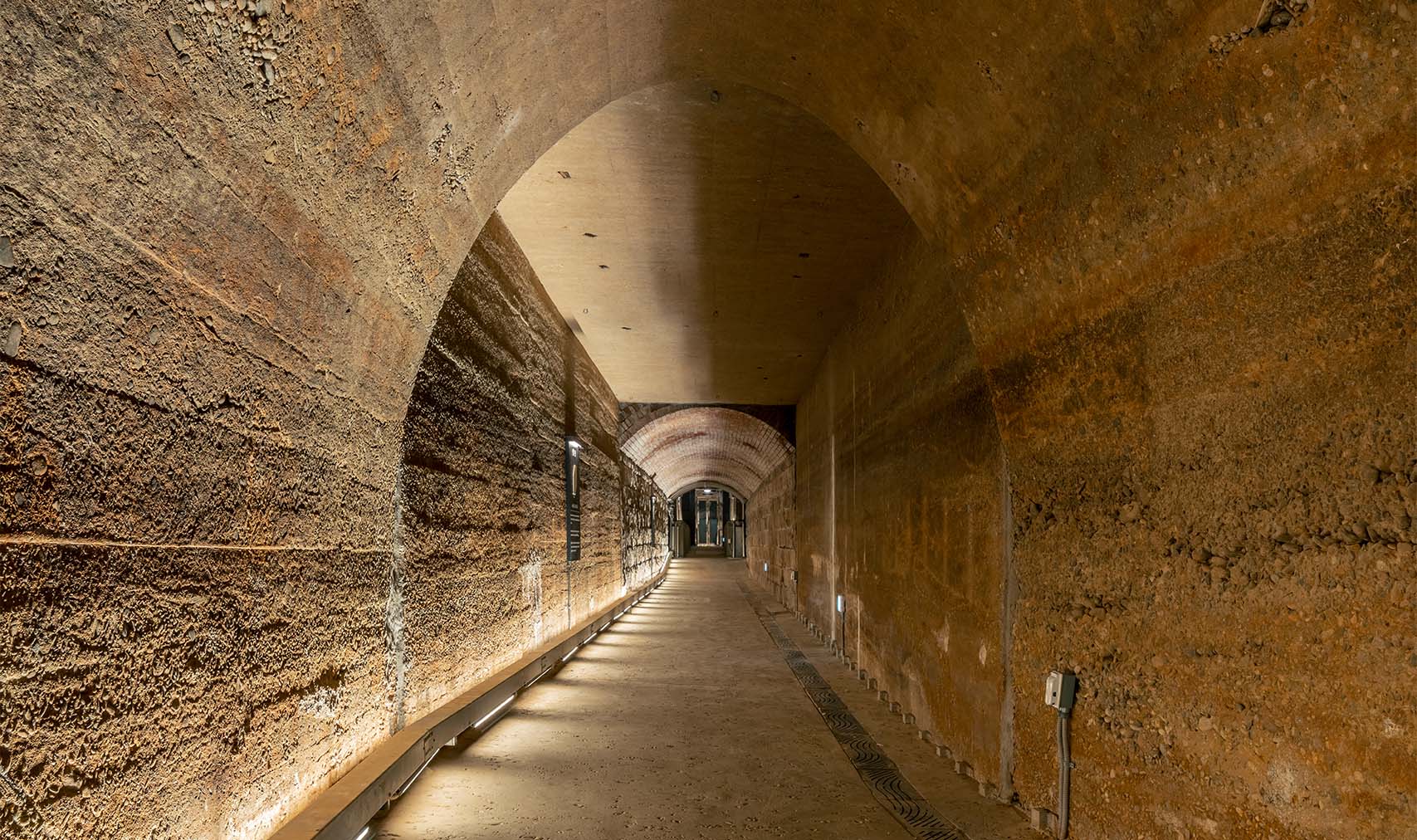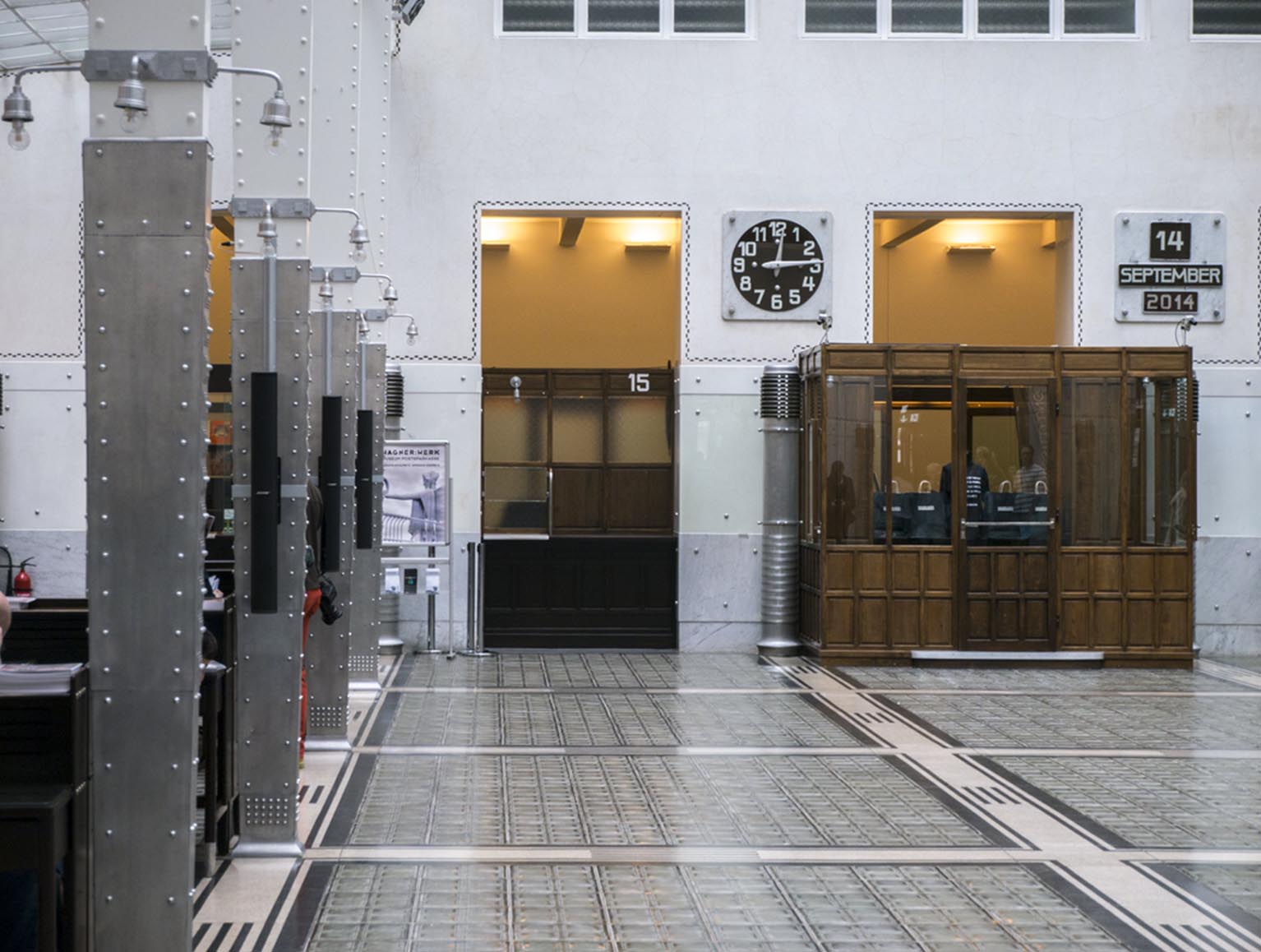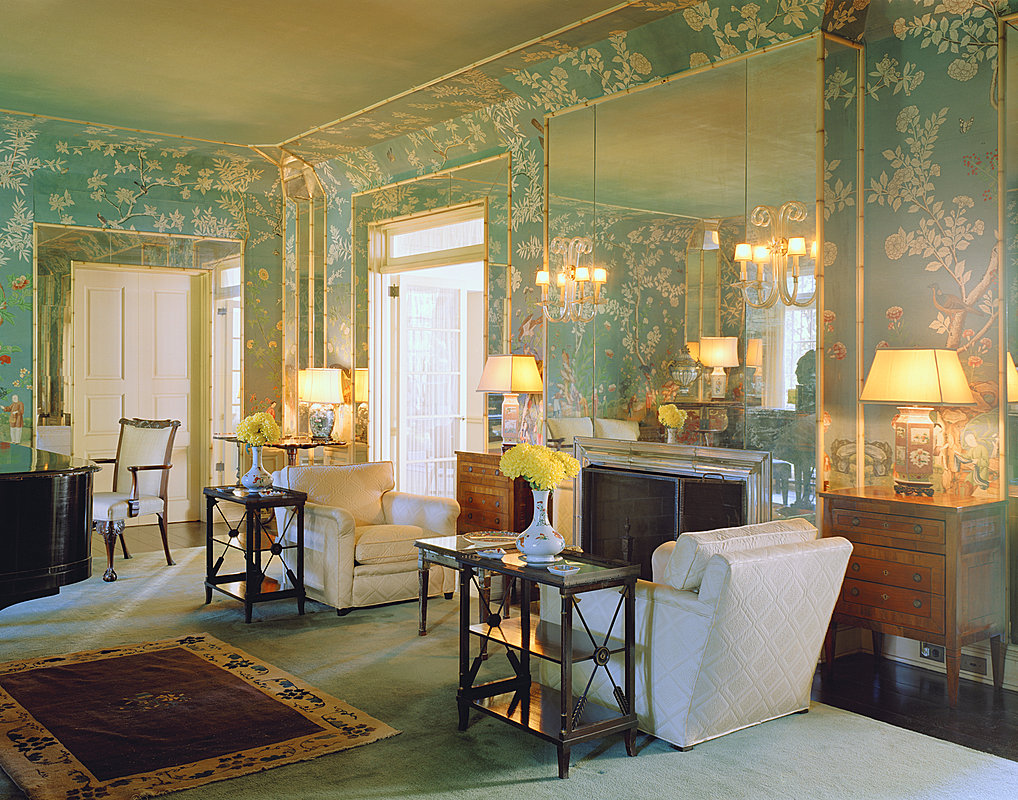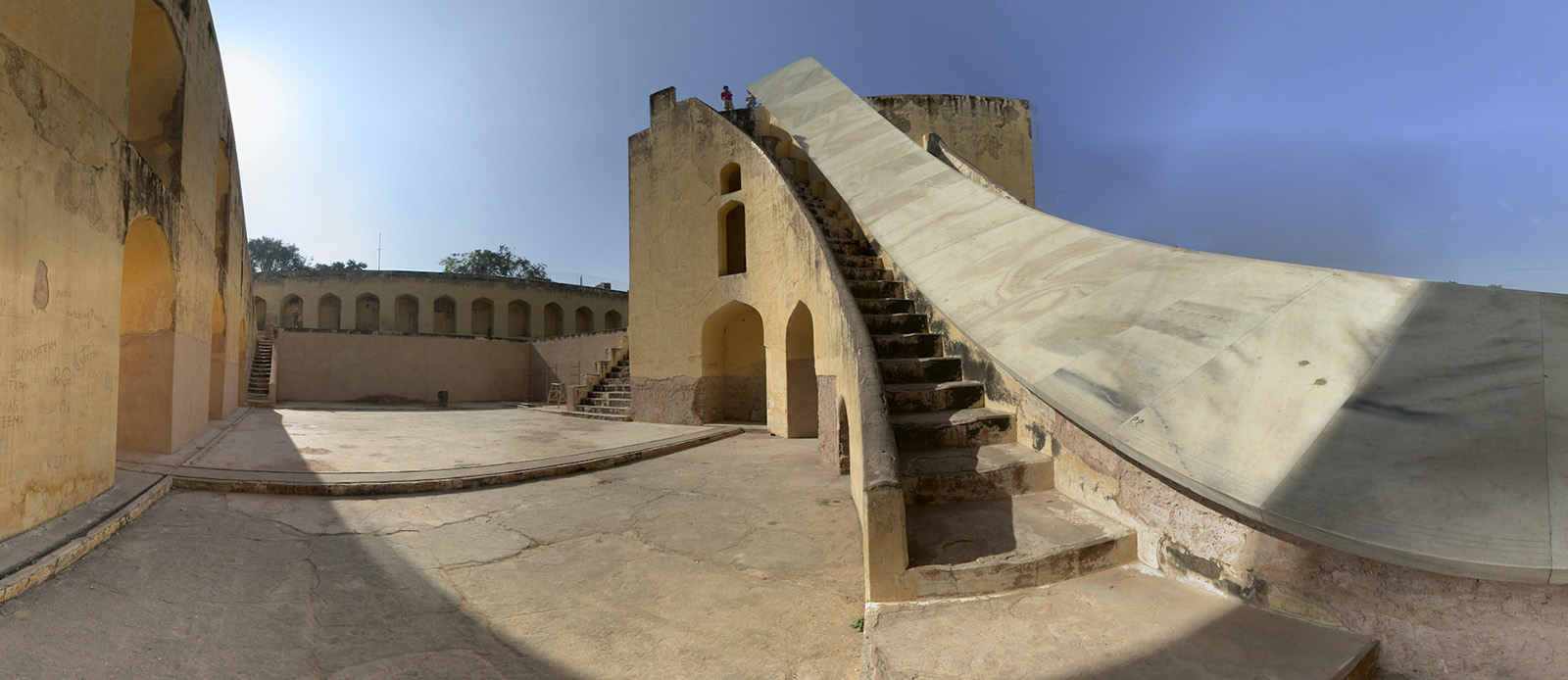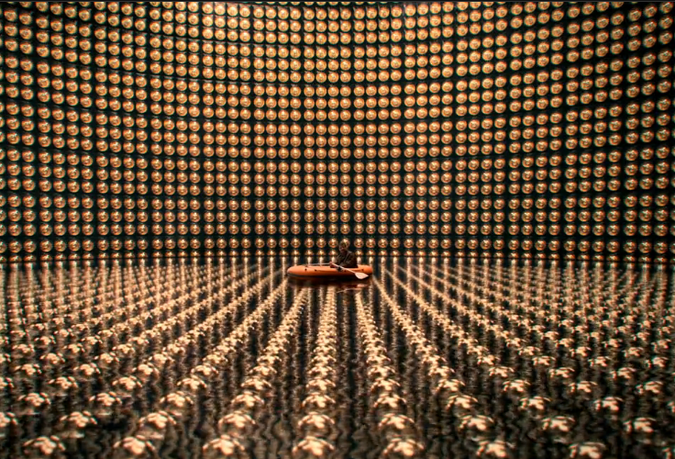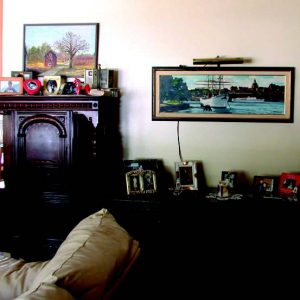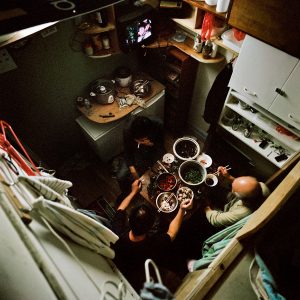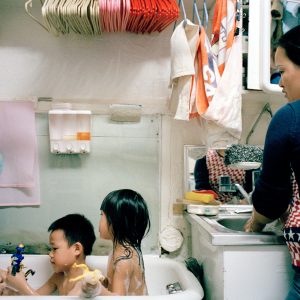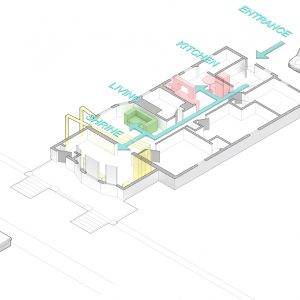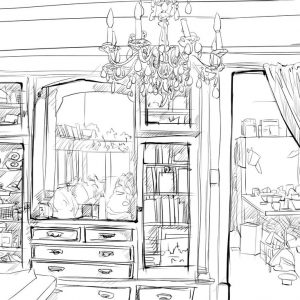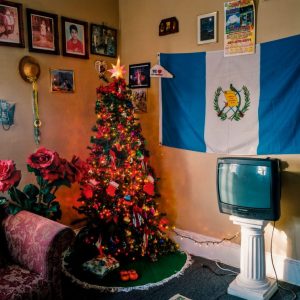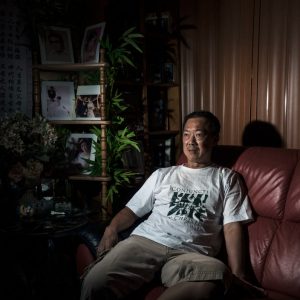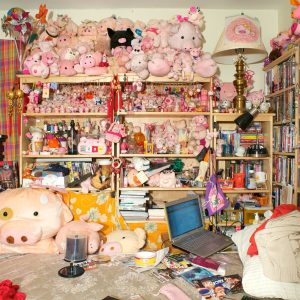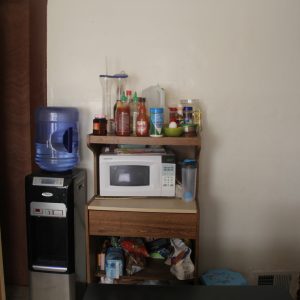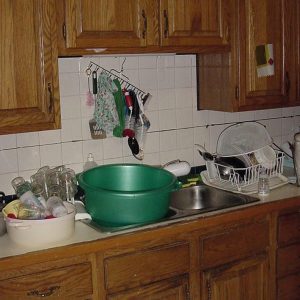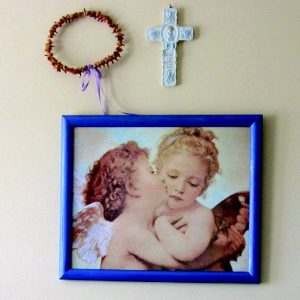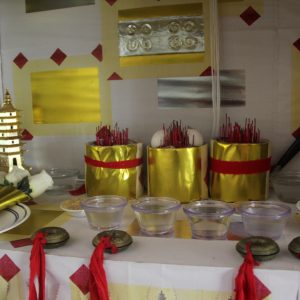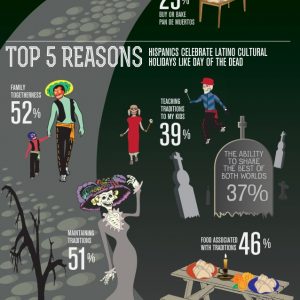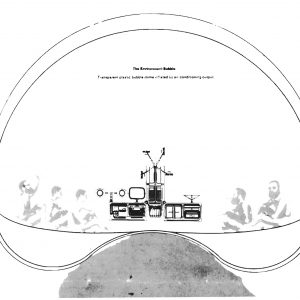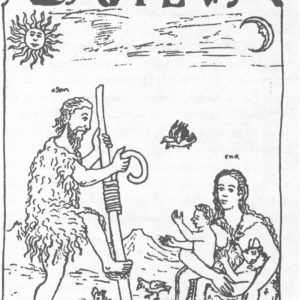Immigrant Home-making: Reconstructing Identity in Western Built Structures
Buildings are cultural products – interior layouts spatial hierarchy, visual and structural characters reflect the cultural values of those who built these structures. Doors, partitions, thresholds are boundaries between social domains – public, private, male, female, nature, machine, recuperation, and recreation.
This curated section explores the remaking of immigrant homes in the built environment of the American landscape, through analyzing Hmong Owned Homes in Milwaukee, WI within other examples from anthropologists, artists, and photographers. See Construct, De-Construct, Re-Construct : Diagrams of Immigrant Home Making (2020, Tommy Yang) for synopsis of constructions, followed by interviews.
When moving and rebuilding their lives in America, immigrants don’t take down walls, build new buildings, move the location of kitchens, or challenge the zoning and use permits of the City. Rather, they behave as Pratt predicts—deploying, re-appropriating and adapting via subtle, ephemeral, nuanced, ingenious and stealthy acts. Therefore this very act of inhabiting a building built by a people and culture other than the inhibitors make a kind of space that Mary Louise Pratt calls a contact zone, or “social spaces where cultures meet, clash, and grapple with each other, often in contexts of highly asymmetrical relations of power, such as colonialism, slavery, or their aftermaths as they are lived out in many parts of the world today.” (Pratt, 1991) See Art of the Contact Zone, Mary Louisse Pratt (1991) page for a synopsis of her work.
This research understands people as actors in building and making, therefore consists of many discrepancies. The archive does not paint an overarching single story of immigrant interiors, but illustrates that these built environments consists of nuances that pertains to the individuals using the actual spaces.
Pratt, Mary Louise. “Arts of the Contact Zone.” Profession, 1991, 33-40.
In the creation of home and world-building in the lives of immigrants, these objects may become symbols of the banal, the everyday. Holding onto these objects has transformed the man-made objects, who has functional mechanisms, into vessels of memories and history.
The Merriam-Webster.com Dictionary, s.v. “objet trouvé (n.),” accessed January 29, 2020, https://www.merriam-webster.com/dictionary/objet%20trouv%C3%A9.
(Add writing about spirits and the house spirits) Tying Cultures Together:Family, Ancestor, and Coming Home is an attempt to project the parallel practices of ancestral veneration within distinct immigrant communities. Ranging from the Hmong shamans to the temporary sites of family shrines in the Latin American Culture (Aztec Practices), home is the intersections between families beyond the physical world.
Note, though in these cases has illustrated how some families had begun to recreate home through spiritual practices, this does not paint a picture for all families. There may be temporary sites for shrines in homes and other way of practicing that personalizes an immigrant dwelling through affiliations.
As an example of immigrant assimilating to the fabrics of America, the families challenged the functions of American middle-class family homes and began adapting by creating more flexible and permeable spaces. The spaces and sensorial atmosphere of the homes and vacant lots were altered to what these families valued, highlighting the significance of place, generation, and the American mainstream socio-cultural factors that play into the recreation of identity.
This curated section pushes to demonstrate the global discourse of culture and recreation of the social sphere in foreign environments influencing the ideas of materiality, space, and the built structure. It however is not a comprehensive overview for many families. Future work in documentation and oral interviews of immigrant families will allow these projects to live a life beyond these images.
There is no post!

